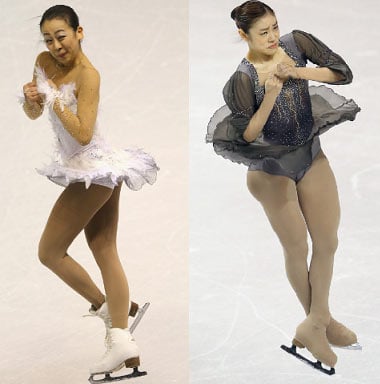One thing I’ve always been impressed with is the “cultural footprint” of Japan, which is just a small country in east Asia yet its culture and influence can be felt in all corners of the world. Most of us may not know that much about countries like Vietnam or Belgium or Algeria, yet we generally have good store of knowledge about Japan, including information picked up from anime or games, the popularity of Japanese martial arts, concepts that entered our collective awareness during the Occupation after WWII, etc.. One cultural element famous around the world are the 忍者 ninja, the silent assassins who could sneak into a castle wearing those split-toe tabi “ninja shoes” and dispatch a well-guarded enemy without disturbing the dust on the tatami mats. Historical ninja — the name is short for 忍びの者 shinobi-no-mono or “one who moves silently” — emerged during Japan’s Warring States period (1467-1568), when feudal domains were constantly jockeying for power with each other. Just as with the feudal knights of Europe and the American cowboy, ninjas have been highly romanticized in books and plays for hundreds of years, to the point that most of what we think we know about them is based on folklore. The Japanese know that foreigners are fascinated with their country, and there are TV shows that travel abroad to report on this phenomenon. One show I caught tracked groups studying ninjitsu techniques in countries like the U.S., Canada, Italy and especially Iran. The map showing active ninja groups everywhere in the world — though not so much in Japan — was so funny to see it had my family in stitches.

Ninjas are a famous cultural export from Japan to the world.















